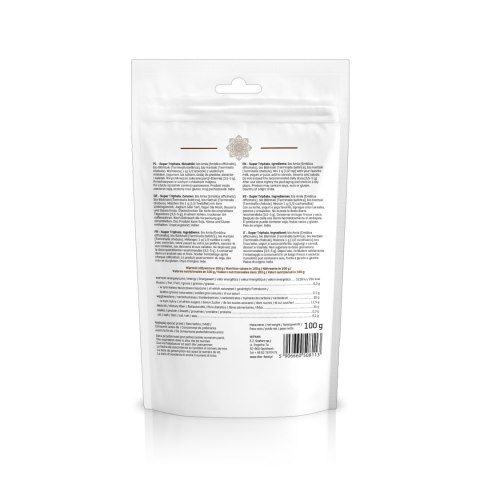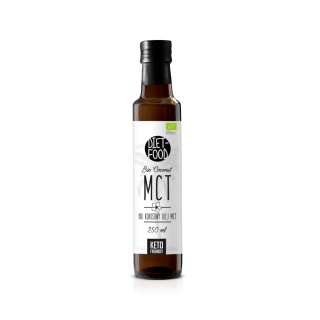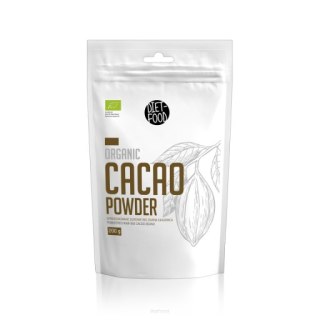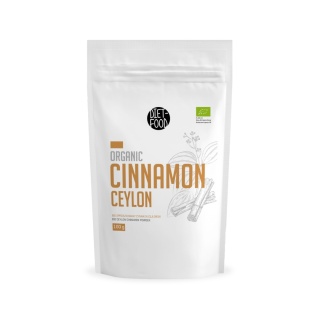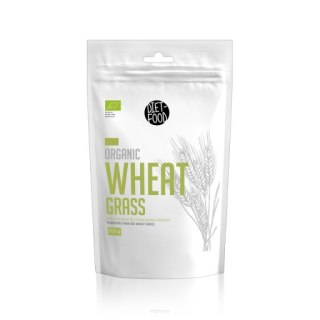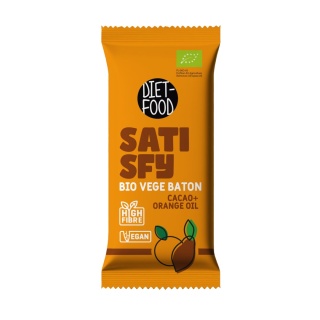Bio Triphala
Triphala – traditional Ayurvedic herbal blend
Triphala has been used in traditional Ayurvedic medicine since ancient times as a multifunctional remedy for various ailments – from stomach issues to tooth decay. It is believed to promote longevity and overall health.
It is a multi-herbal preparation containing three synergistically acting ingredients. In Ayurveda, it is believed that combining several herbs increases therapeutic efficacy more than using a single ingredient alone.
Triphala Composition
Triphala is a blend of dried fruits of three plants originating from India:
Bio Amla (Emblica officinalis)
Known as Indian gooseberry, it plays an important role in Ayurveda and is one of the oldest edible fruits known in India.
-
A fruit with a sour, sharp taste and fibrous texture
-
Often pickled, cooked, or soaked in sugar syrup
-
Used to treat constipation and as a preventive agent against cancer
-
Rich in vitamin C, amino acids, and minerals
-
Contains powerful plant compounds: phenols, tannins, phyllembelic acid, rutin, curcuminoids, emblicol
Bio Bibhitaki (Terminalia bellirica)
A tree native to Southeast Asia, known in Ayurveda as Bibhitaki.
-
Its fruits are used to treat bacterial and viral infections
-
Contains: tannins, ellagic acid, gallic acid, lignans, flavones
-
Supports the treatment of diabetes and metabolic disorders
-
Helps regulate blood sugar levels, improves insulin sensitivity, and supports healthy body weight
Bio Haritaki (Terminalia chebula)
Known as Haritaki, the fruit of the Terminalia chebula tree, is referred to in Ayurveda as “the king of medicines”.
-
Grows in India, China, Thailand, and the Middle East
-
Used for centuries to treat heart disease, asthma, ulcers, and digestive disorders
-
Especially valued for its support of digestion and relief of constipation
-
One of the main ingredients of Triphala, responsible for its versatile action
Ingredients and allergy information
Ingredients:
- Bio Amla
- Bio Bibhitaki
- Bio Haritaki
Allergy Information:
- The product may contain soy, nuts, and gluten
Store in a tightly closed container in a cool, dry place.
Nutritional values
Nutritional values per 100 g:
- Energy value 1218 kJ / 291 kcal
- Fat 0.3 g, of which saturated 0.1 g
- Carbohydrates 52 g, of which sugars 11.5 g
- Fiber 35 g
- Protein 2.3 g
- Salt 0.1 g
Net weight: 100 g
Country of origin: India
There is currently no comments or ratings for this product.


